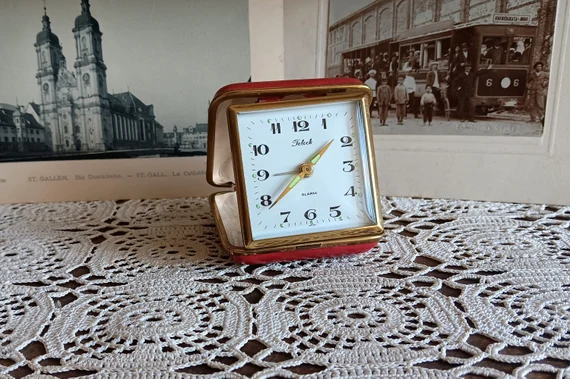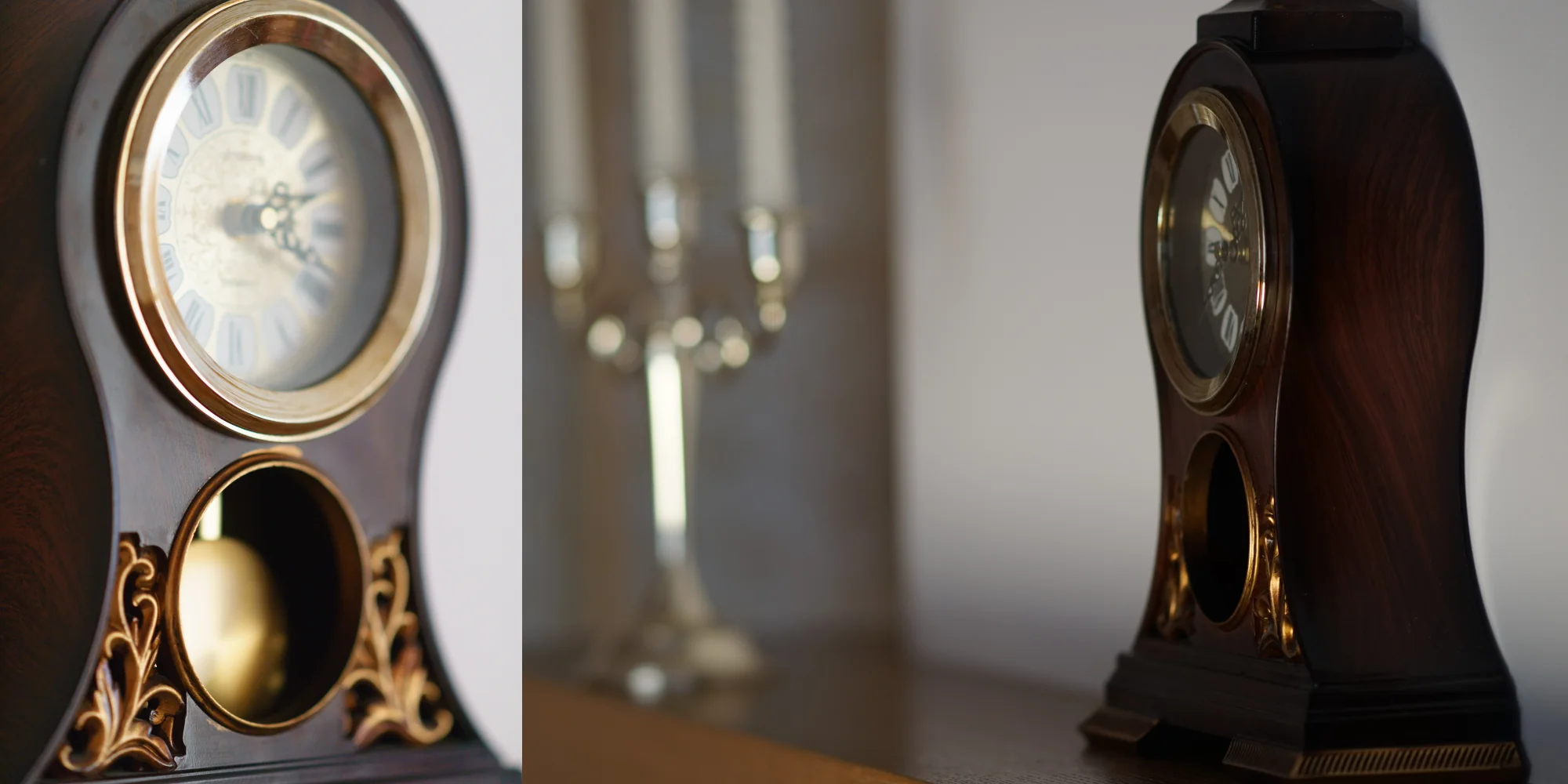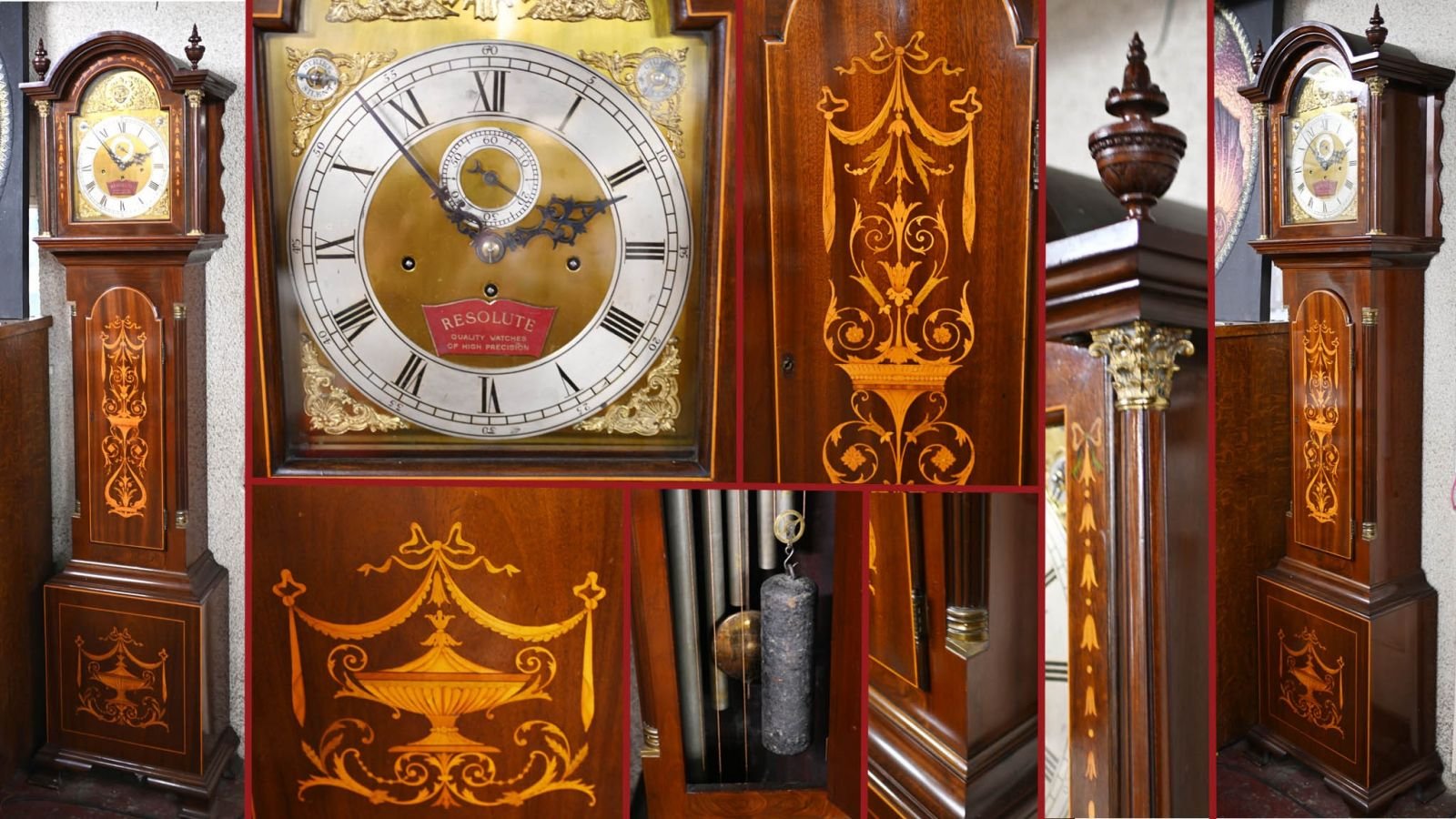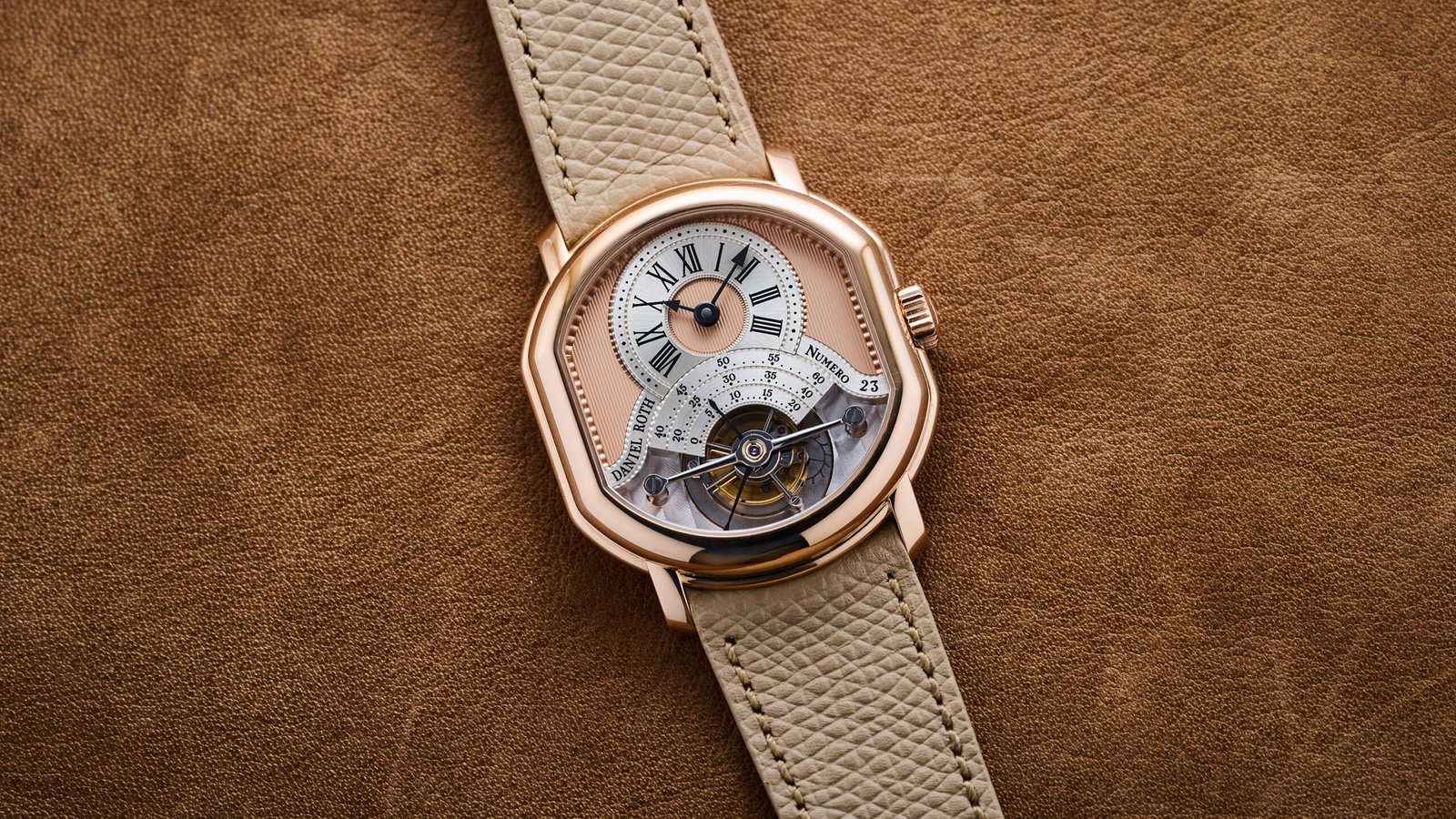Understanding Japanese Clock Mechanics. Japanese clocks are renowned for their precision and craftsmanship. To truly appreciate these timepieces, it’s essential to understand their mechanics. This article explores the intricate workings of Japanese clocks, shedding light on the engineering that makes them unique.
Historical Development
The mechanics of Japanese clocks have evolved significantly over centuries. Early Japanese clocks, or “wadokei,” were influenced by Chinese and Western designs. These early models were mechanical and relied on intricate gear systems to keep time. The development of these systems laid the foundation for modern Japanese clock mechanics.
Key Components
Japanese clocks consist of several key components that work together to measure time accurately:
- Movement Mechanism: The movement mechanism is the heart of any clock. In traditional Japanese clocks, this often involves a complex system of gears and escapements. Modern clocks might use quartz movements, which are more precise and require less maintenance.
- Escapement: The escapement regulates the clock’s timekeeping. It releases the gear train at regular intervals, ensuring that the clock advances accurately. Traditional Japanese clocks use various types of escapements, including the verge and foliot.
- Gear Train: The gear train transmits power from the clock’s mainspring to the hands. It includes a series of gears that adjust the speed and force of the movement. The design of the gear train affects the clock’s accuracy and durability.
- Mainspring: The mainspring stores the energy needed to power the clock. In mechanical clocks, it is wound manually. The energy released by the mainspring drives the gears and, consequently, the clock hands.
- Dial and Hands: The dial displays the time, while the hands move to indicate hours, minutes, and seconds. The design and placement of the dial can vary, reflecting both functionality and aesthetic preferences.
Traditional Mechanisms
Traditional Japanese clocks are known for their intricate mechanical designs. Many of these clocks use a pendulum or balance wheel for timekeeping. The pendulum, found in many antique clocks, swings back and forth, regulating the movement of the gears. The balance wheel, used in smaller clocks, oscillates to control the timekeeping.

Modern Innovations
Modern Japanese clocks often use quartz movements instead of traditional mechanical systems. Quartz clocks rely on a quartz crystal to keep time accurately. The crystal vibrates at a precise frequency, which regulates the clock’s movement. This technology reduces the need for manual winding and maintenance.
Repair and Maintenance
Maintaining Japanese clocks requires expertise, especially for antique or traditional models. Common issues include gear wear, escapement problems, and mainspring fatigue. Repairing these clocks involves disassembling the mechanism, cleaning the parts, and replacing worn components. Regular maintenance ensures that the clock continues to function accurately.
The Role of Artisans
Japanese clockmakers, or “tokei-shi,” play a crucial role in maintaining the art and science of clockmaking. These artisans are skilled in both traditional and modern techniques. They ensure that each clock is crafted with precision and care, preserving the quality and functionality of these timepieces.
Cultural Significance
The mechanics of Japanese clocks are not just about timekeeping; they reflect cultural values. Precision, craftsmanship, and attention to detail are deeply ingrained in Japanese culture. The intricate mechanics of these clocks symbolize a commitment to excellence and a respect for tradition.
Future Trends
The future of Japanese clock mechanics involves a blend of tradition and innovation. Advances in technology continue to influence clock design, while traditional craftsmanship remains highly valued. New developments in materials and techniques promise to enhance the accuracy and durability of Japanese clocks.
Conclusion
Japanese clocks are a fascinating blend of art and engineering. Understanding their mechanics reveals the complexity and beauty of these timepieces. Whether traditional or modern, Japanese clocks offer a unique perspective on the intersection of technology and cultural heritage.





Wenn Sie dem VIP-Club beitreten, erhalten Sie personalisierte Belohnungen, höhere Auszahlungslimits und Sonderangebote, die nur unseren treuesten Spielern zur Verfügung stehen. Sie können mehr
Spielzeit, mehr Gewinnchancen und zusätzliches Cashback erhalten, wenn Sie Ihre Spiele auf der Grundlage dieser Angebote planen. Wir veranstalten jeden Tag und jede Woche Wettbewerbe und die Gewinner erhalten Preise aus
den Preispools.
Das Rockstar Casino bietet zwar einen höheren Neukundenbonus von bis zu
5.000€ an, beschränkt dabei das maximale Gewinnlimit jedoch auf das 10-fache des
erhaltenen Bonusbetrags. Dabei gelten sowohl für das erhaltene Bonusgeld als auch für die Gewinne, die du mit deinen Freispielen erzielst,
die 50-fachen Umsatzbedingungen. Ist halt ein Casino aber im Durchnitt habe ich hier mit jeder einzahlung am längsten spielen können (oft viele
kleinere Gewinne) als in jedem anderen Casino.Mal schauen, updates folgen! Von klassischen Spielautomaten bis zu
modernen Videoslots ist für jeden
etwas dabei. Live-Dealer-Spiele bringen authentisches Casino-Feeling nach Hause. Tischspielklassiker wie Blackjack und Roulette
stehen in verschiedenen Varianten bereit. Regelmäßige Turniere und ein VIP-Programm sorgen für zusätzliche Spannung. Auch mobil genießen Spieler nach Einzahlung das volle Angebot, inklusive Freispielen und
Boni. Neukunden erhalten einen
gestaffelten Willkommensbonus über die ersten drei Einzahlungen, der bis zu 3000
Euro und 250 Freispielen umfasst.
Wenn Sie andere Casinospiele wie Video Poker spielen möchten, werden Sie erfreut sein, dass die Website auch eine kleine Auswahl an Video-Poker-Maschinen anbietet.
References:
https://online-spielhallen.de/bigg-casino-deutschland-ihr-umfassender-leitfaden/